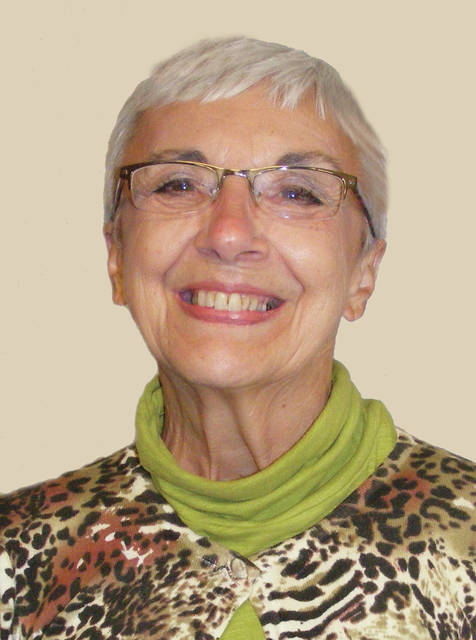
Our daughter is a dancer. Oh, not professionally; Melissa works as an educator, teaching third graders. But at age 56, she continues to take tap dance lessons at Dayton Ballet School, spontaneously breaks into an energetic dance routine when feeling like it, and entertains her students by teaching them how to shuffle while they wait in line for lunch or the bus. I always viewed her tap dance talents as fun and delightful, but not artful — like ballet. Then I watched the CBS Sunday Morning story on the history and cultural value of this truly American art form; and I changed my mind.
Of course, tap routines express emotion, demonstrate ideas, and generate those feelings and thoughts to the audience; tap dancers also create music with the rhythms and sounds generated from their feet. However, in this report, tap dancer Jason Samuels Smith pointed out that tap is a language developed for people to establish their freedom, a surprisingly strong statement followed up with historian and Florida State University professor emerita Sally Sommer saying, “If you wanna know about the history of America, maybe you should study the history of tap.” Wait! Tap is something to be contemplated deeply, like an art form? What a concept!
Not surprisingly, Professor Sommer explained that tap’s multi-cultural history dates back to the 1600s when enslaved Africans were brought to America; but then she went on to state “If everything’s taken from you, and all that’s left is your body, you are going to make art with your body.” Using your feet to make art is a notion that had never entered my mind.
As the United States became a melting pot of cultures, it also became a crucible for a broad array of rhythms. Historian Sommer went on to say that the Irish and the Scots who often came to America as indentured servants brought with them their wide variety of step dances. “The Irish step dancer generally danced on a wooden floor, sometimes with special shoes, sometimes not, while the African dancer traditionally danced with bare feet on bare earth,” she elucidated.
Meanwhile, a variety of ethnic groups were packed together in urban environments such as the Five Points District in New York City, coming into contact with distinctly urban rhythms and syncopations, nurturing a homegrown kind of dance, a surprisingly joyful response to constant struggles with poverty and hardship. All of these influences coalesced, creating a distinctly American art form embraced by those of all backgrounds and social strata. Intense dance competitions became common, and minstrel shows featuring ever-evolving techniques and rhythmic innovations became a primary showcase for tap dancers.
Hollywood discovered the appeal of those happy feet; Bill “Bojangles” Robinson moved from minstrel shows to vaudeville to the movies and eventually television, nimbly maintaining complex rhythms while dancing up and down stair steps. In popular movies, Fred Astaire and Ginger Rogers brought a ballroom look to tap and Gene Kelly introduced ballet elements. On Broadway stages as well as on the movie screen, chorus lines of high-heeled high-steppers or tuxedoed cane carriers drew oohs and aahs from audiences.
The Nicholas Brothers tap-dancing career moved from film to television, spanning more than seventy years; their unique supple style led them to dancing on Broadway for famed ballet choreographer George Balanchine. Gregory Hines developed his own complex rhythms, creatively improvising steps and introducing new sounds to tap. Hines’ star student Savion Glover added contemporary moves and new styles to his award-winning dances developed for Broadway. And during the pandemic, the beat goes on with professionals and amateurs like my dancing daughter still shuffling along.
Dancer Jason Samuels Smith closed the Sunday Morning segment by saying of tap, “It’s empowering; it connects you to your past, to history. It embodies almost every element you can imagine, and it reflects America directly.” Or as Melissa says, “Every time I leave a tap class, I feel like I can conquer the world; plus it’s just plain fun to do.” Here’s to tap — a joyful American art form to be celebrated and enjoyed by one and all!





